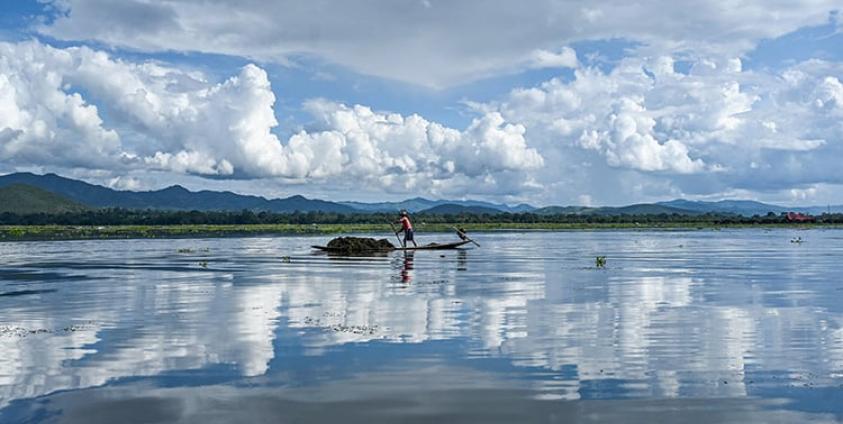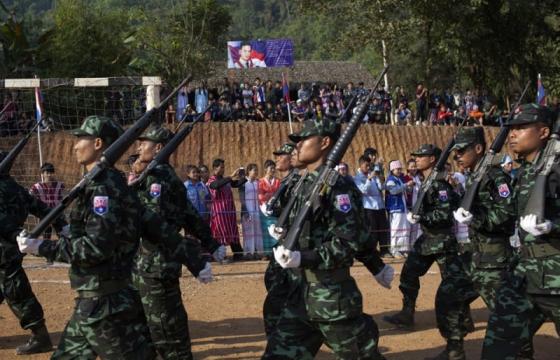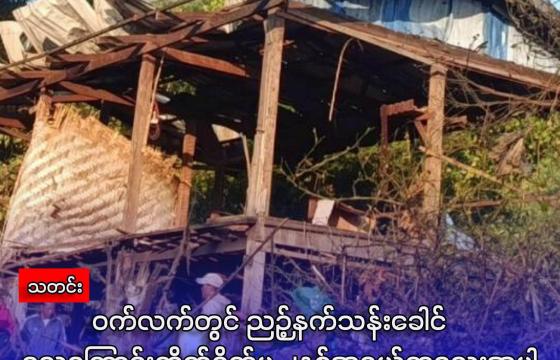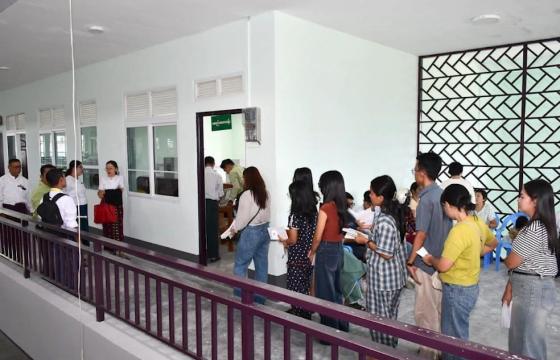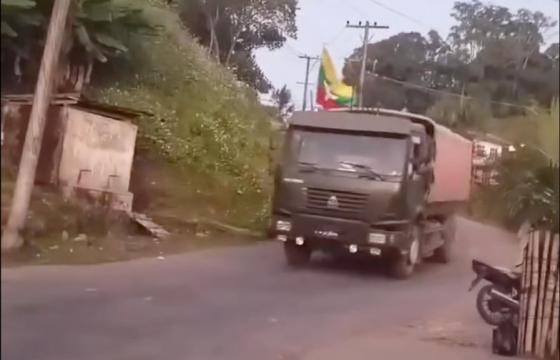Decreasing water levels in Inle Lake, located in Nyaung Shwe Township, Southern Shan State, are making travel increasingly challenging for local residents. The conditions are exacerbated by this year’s summer heat and sediment buildup from previous flooding.
Although the lake has not completely dried up, both water and land routes have become nearly impassable, disrupting daily life in the area.
A resident of Heya Ywama village said, “It’s extremely difficult to get around. The water routes are no longer navigable. The lake flooded previously, raising water levels significantly, but as the water receded, it left behind large amounts of silt, worsening the situation. Many land areas have also seen rising levels due to this.”
Heya Ywama and Min Chaung villages are among the hardest hit, with locals reporting severe water shortages and significant silt accumulation. Reports indicate that the lake began drying up around the second week of February.
The agricultural sector has also suffered, with hundreds of acres of rice fields in Heya Ywama, Taung Chay, Kyun Sin Gyi, Inntein, and Yay Nway villages affected by encroaching silt.
One local farmer said, “The paddy fields were submerged during the floods, and when the water receded, silt took over the land. In some areas, the land level has risen by about two feet. Farmers have to dig out the silt, and with reduced water levels, irrigation has become difficult. Rising costs add to the financial burden of recovering the land.”
Inle Lake is a crucial water source for the region, and the ongoing water shortage is impacting daily needs.
A local farmer said, “We rely on purification machines for drinking water. For general use, we get water from a monastery pond supplied through a pipe system.”
From 11 September 2024, Inle Lake experienced severe flooding for about three weeks. After the waters receded, significant sediment introduced into the lake greatly deteriorated its water quality.
Another resident said, “In the past, the lake remained stable, and its water was clean. We could drink it with simple filtration, but now it’s no longer safe for consumption.”
While wealthier residents can purchase purified drinking water, most locals still depend on the lake. Currently, in the Inle region, a 20-liter container of clean water costs around 1,800 kyats.

